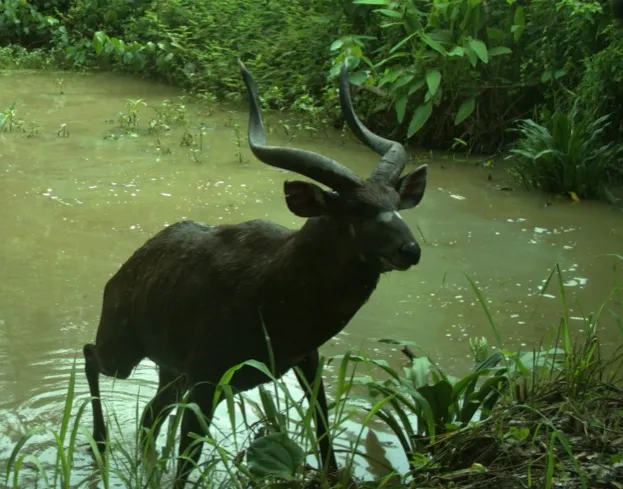A team of biology researchers from Bucknell University and Fauna & Flora International (FFI) conducted a new camera wildlife survey in South Sudan, using motion-sensing wildlife-tracking cameras.
With the aid of government and conservation authorities, the teams were able to capture more than 425,000 images documenting mammals, reptiles and birds. The large number of images has led to the need to recruit citizen scientists to help with the identification of the species caught on camera.
The leader of the project, Bucknell biology and animal behaviour professor DeeAnn Reeder, says, “We’ve already found eight species of large mammal not previously recorded in the region.
“They were found in an area suffering from heavy poaching that is exacerbated by conflict in the region.”
The team’s initial approach was with local wildlife service rangers to document and protect wildlife in the South Sudan, which was funded in part by a grant from the U.S. Fish and Wildlife Service.

This expedition set up 23 motion-sensing camera traps in January 2015 which has since grown to 76 cameras in the field today. Most of the images from these cameras were captured in protected areas.
Nicolas Tubbs, Senior Program Manager for Eastern Africa at FFI says, “South Sudan’s forests still harbour many mysteries, but already the cameras are revealing just how important the region is for biodiversity.
“The challenge now is to process all of the information the cameras are yielding, which is why we are asking for the help of Zooniverse users to help us identify the species in the pictures.”
Her team have launched a website where volunteers can view the images to identify and verify animal species.
The website is housed on Zooniverse.org, known for many successful citizen science projects, and collaboration with the like of University of Oxford and the broader Citizen Science Alliance.
To identify all the species found in this richly forested area, where East and Central Africa wildlife collide to form a diverse and unique ecosystem, will be an ongoing process that could take years.
Reeder says “We want to understand the biodiversity here because it’s so extraordinary.
“We are really excited about engaging citizen scientists because we know there a lot of people who care about wildlife conservation. The success of this project will be contingent on getting a lot of users.”
If you would like to identify animals as a citizen scientist, click here.
